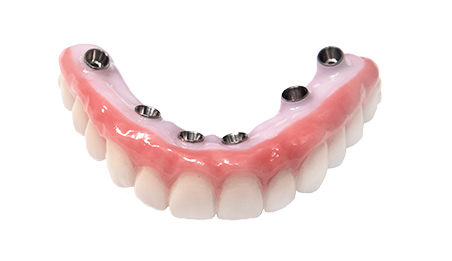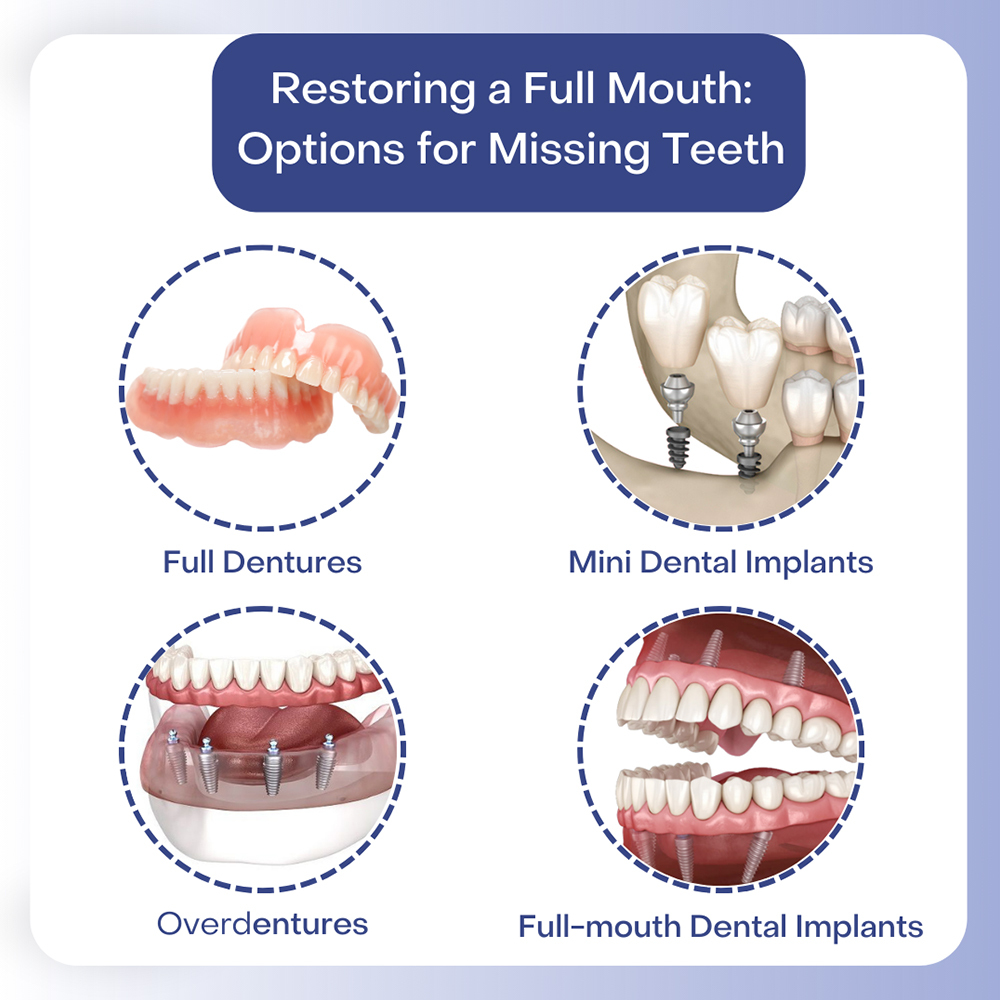Dental Sense Things To Know Before You Buy
Dental Sense Things To Know Before You Buy
Blog Article
Dental Sense Can Be Fun For Everyone
Table of ContentsThe Only Guide to Dental SenseSome Ideas on Dental Sense You Need To KnowIndicators on Dental Sense You Need To KnowIndicators on Dental Sense You Need To Know
are medical gadgets operatively implanted into the jaw to restore an individual's capacity to eat or their look. They offer assistance for artificial (fake) teeth, such as crowns, bridges, or dentures. When a tooth is lost due to injury or disease, an individual can experience complications such as quick bone loss, malfunctioning speech, or modifications to eating patterns that lead to discomfort.Dental dental implant systems contain a dental implant body and oral implant abutment and may also include an abutment addiction screw. Kids dental. The dental implant body is surgically inserted in the jawbone instead of the tooth's root. The oral implant joint is generally affixed to the dental implant body by the joint fixation screw and extends through gums into the mouth to support the attached fabricated teeth
(https://filesharingtalk.com/members/608667-dentalsense1)Structure of The Dental Implant System picking dental implants, speak to your dental supplier concerning the prospective advantages and risks, and whether you are a prospect for the treatment. Points to think about: Your general health and wellness is an important element in identifying whether you are a good candidate for oral implants, how long it will certainly require to recover, and how much time the implant may remain in area.
Smoking cigarettes may influence the healing process and decrease the long-term success of the implant. The healing procedure for the dental implant body may take several months or longer, throughout which time you usually have a temporary joint instead of the tooth. the dental implant procedure: Very carefully comply with the oral hygiene instructions offered to you by your oral service provider.
The Best Strategy To Use For Dental Sense
Implant failure can cause the demand for one more operation to repair or change the implant system. Brings back the ability to eat Brings back aesthetic look Assists keep the jawbone from reducing because of bone loss Maintains the health of the bordering bone and gums Assists keep nearby (neighboring) teeth steady Enhances lifestyle Damage to surrounding natural teeth throughout implant positioning Injury to the surrounding tissues during surgery, such as sinus perforation Injury throughout surgical treatment (as an example, crack of bordering jawbone) Poor function, such as really feeling like the teeth do not attack together typically A sensation that the tooth is loose or twisting in area arising from a joint screw loosening up Implant body failure (looseness of the dental implant body) as a result of systemic infection, which may be a lot more likely in patients with uncontrolled diabetes mellitus due to regional infection in bone and gums sustaining the implant body because of delayed healing, which may be more probable in individuals who smoke Problem cleaning up the periodontals around the dental implant, leading to bad oral hygiene Unattended periodontal condition Post-surgical feeling numb due to nerve impingement or damages Constantly inform healthcare providers and imaging professionals that you have oral implants before any type of magnetic vibration imaging blog here (MRI) or x-ray procedures.
FDA is not conscious of any type of adverse occasions reported for MRI or x-ray treatments with oral implants. Oral implants systems are usually made from products that adhere to global consensus requirements of the International Organization for Standardization (ISO) or ASTM International. These standards have information of what makes a risk-free material.

A dental implant is a structure that replaces a missing out on tooth. With screw-like devices, the surgeon inserts an implant into the jawbone, and it acts as an anchor for an artificial tooth, called a crown. A device called an abutment attaches the fabricated tooth to the oral implant. The crown is customized to fit the person's mouth and match the shade of their teeth.
Rumored Buzz on Dental Sense
Some people are not qualified for dental implant surgical treatment. It is for oral doctors to operate people with: severe illnessuncontrollable metabolic diseasebone or soft tissue illness or infectionIf these problems are solved, an individual can have the surgical procedure. In, dental cosmetic surgeons abstain from operating people with: If people with any of the above go through oral implant surgery, there is a higher risk of the dental implant stopping working.

Dental implant surgical procedure is a personalized procedure. Give you time to heal. Affix the article and final crown, bridge or denture.
Next off, your doctor will very carefully put the dental implant into your jaw. If your dental implant is near the front of your mouth, your dental expert will make a short-lived tooth for you to use up until you heal.
Dental Sense for Beginners
Your copyright can tell you what to anticipate in your situation. During the recovery phase, your jawbone must fuse to the oral implant. This process, called osseointegration, is vital for stability and long-term success. This procedure can take anywhere from 3 to nine months. In many cases, it might take much longer.
When your implant heals, your dental professional can affix the joint (little port post) and your final restoration (crown, bridge or denture). This usually takes regarding one hour to finish and might require a second small surgery. You should not really feel any type of discomfort throughout your oral implant procedure due to the fact that your supplier will certainly utilize medication to numb your periodontals.
Report this page